Description
A neck fracture, also known as a cervical fracture, is a break in one of the cervical vertebrae in the neck. This type of injury is often caused by trauma such as falls, car accidents, or sports injuries. It can range from a minor fracture to a severe break that affects the spinal cord.
Familiarity with Treatment
Treatment for neck fractures depends on the severity and location of the fracture, as well as whether the spinal cord is involved. Minor fractures can often be treated conservatively, while more severe fractures may require surgical intervention.
Procedure
Non-Surgical Treatment:
- Immobilization: Using a cervical collar or brace to keep the neck stable while the bone heals.
- Pain Management: Over-the-counter or prescription medications to manage pain and inflammation.
- Rest: Limiting activities to allow the neck to heal properly.
Surgical Treatment:
- Traction: Used to realign the bones before surgery.
- Surgery: Procedures such as spinal fusion or the use of plates, screws, or rods to stabilize the neck.
- Post-Surgical Immobilization: Wearing a rigid neck brace or halo vest to keep the neck stable during recovery.
Who is it Suitable For?
- Non-Surgical Treatment: Suitable for individuals with minor, non-displaced fractures or those who cannot undergo surgery due to other health conditions.
- Surgical Treatment: Suitable for individuals with severe, displaced fractures, fractures involving the spinal cord, or those that do not heal with conservative treatment.
Who is it Not Suitable For?
- Non-Surgical Treatment: Not suitable for individuals with severe, unstable fractures that require surgical intervention.
- Surgical Treatment: Not suitable for individuals with significant health risks that make surgery unsafe.
Advantages
- Non-Surgical Treatment:
- Lower risk of complications.
- No surgical recovery time.
- Surgical Treatment:
- Better alignment and stabilization of the bones.
- Potentially faster return to normal activities.
Complications
- Non-Surgical Treatment:
- Prolonged immobilization can lead to stiffness and muscle atrophy.
- Risk of non-union or malunion (bones not healing properly).
- Surgical Treatment:
- Infection.
- Nerve or blood vessel damage.
- Hardware complications (e.g., plates or screws becoming loose).
Previous Care
- Initial Assessment: X-rays, CT scans, or MRI to determine the extent of the fracture.
- Immediate Care: Immobilization and pain management.
Aftercare
- Follow-Up Appointments: Regular check-ups to monitor healing progress.
- Physical Therapy: Essential for regaining strength and mobility.
- Activity Restrictions: Avoiding heavy lifting and strenuous activities until fully healed.
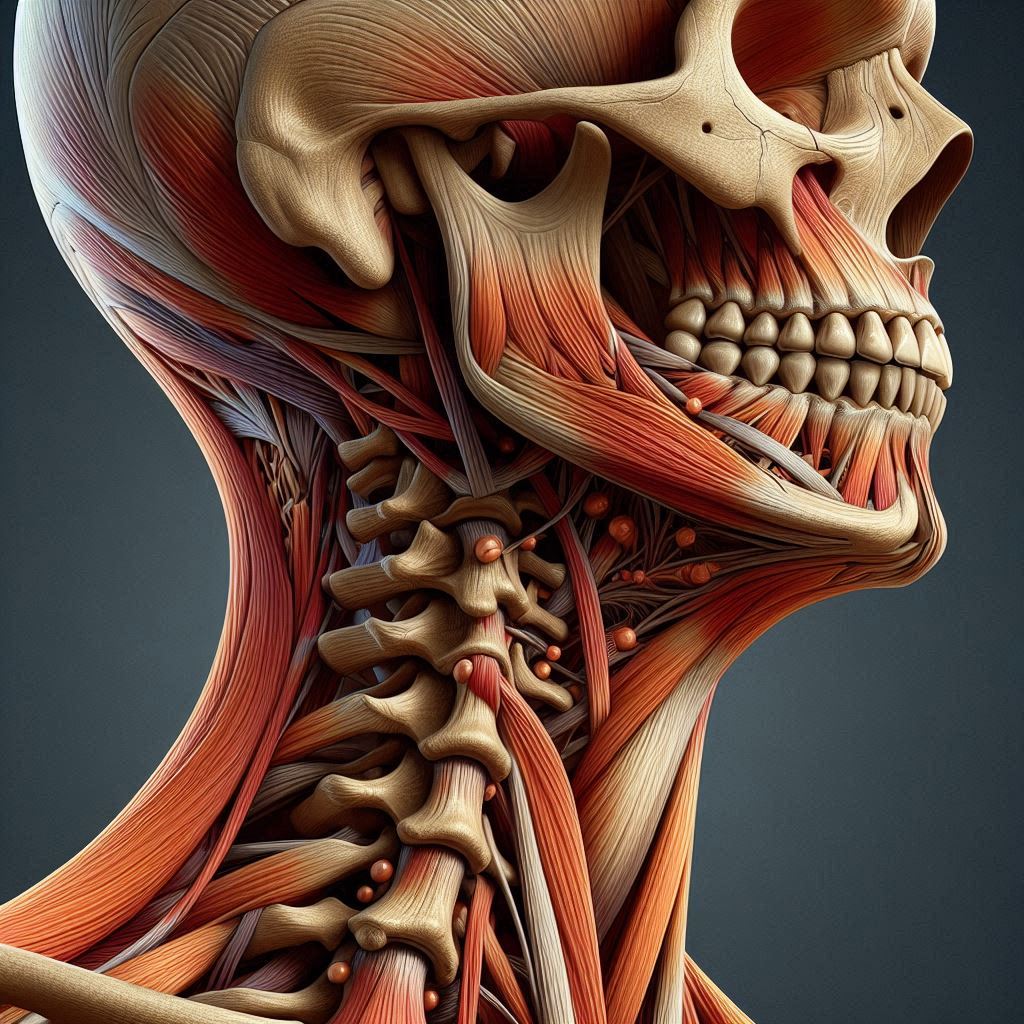
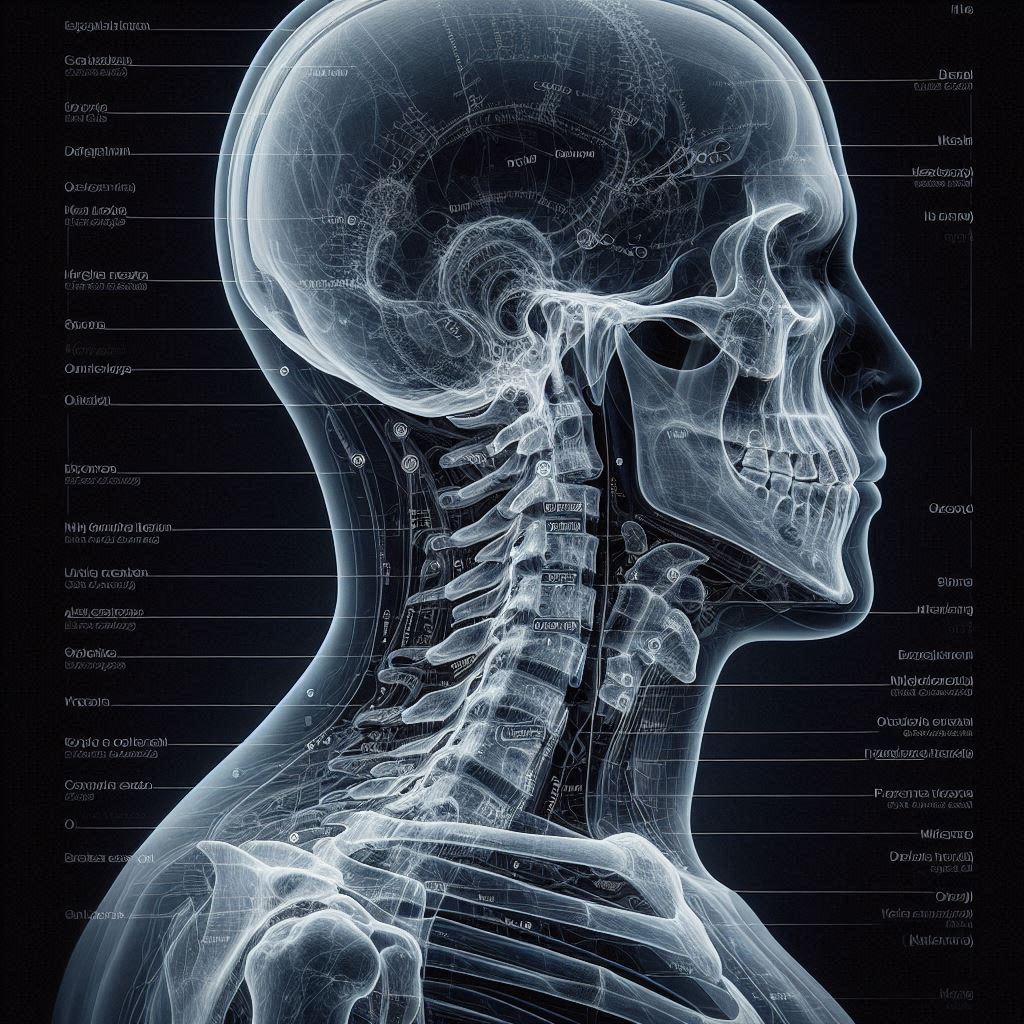
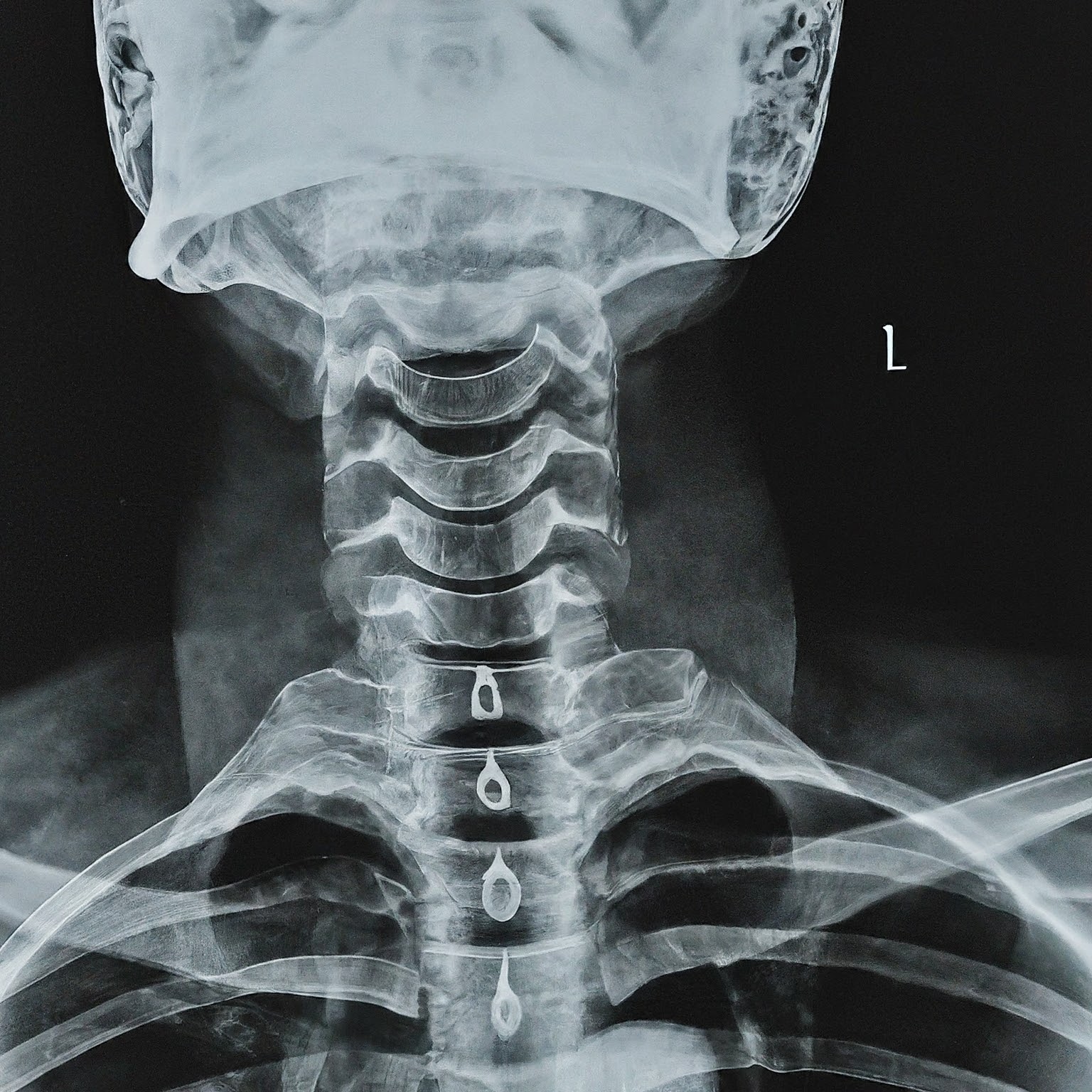
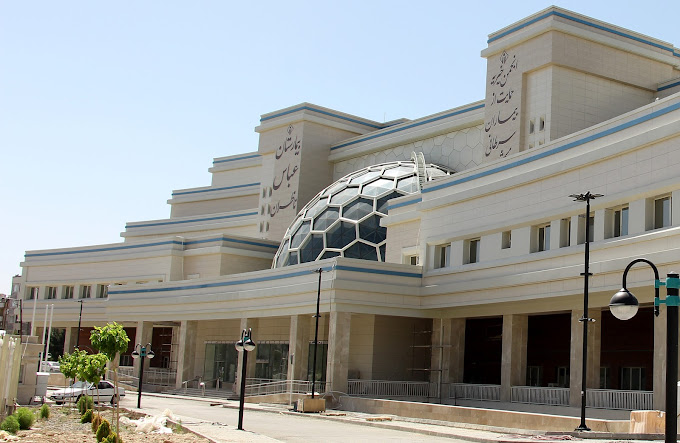




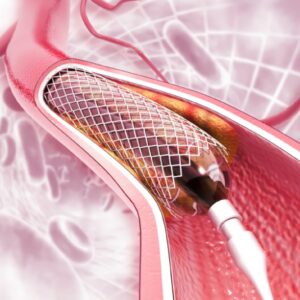
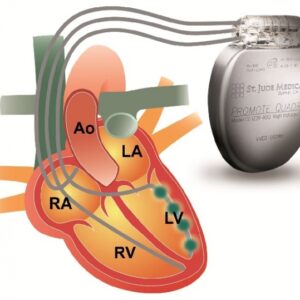
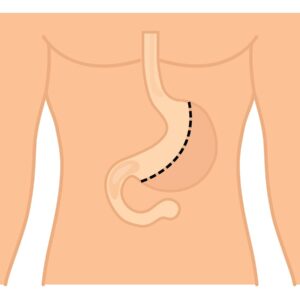
Reviews
There are no reviews yet.